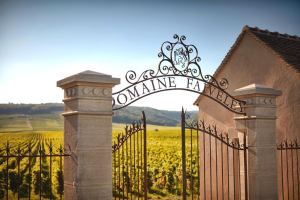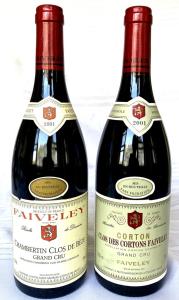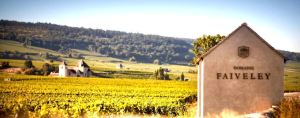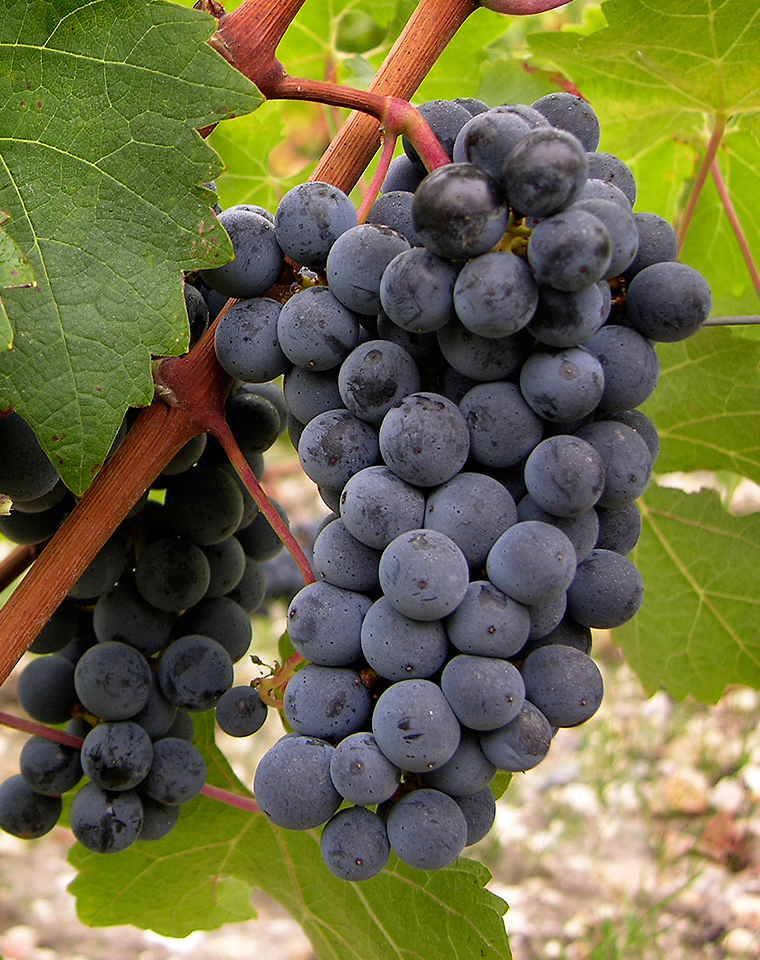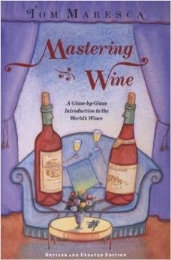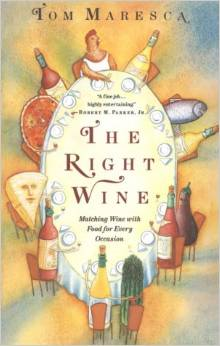What’s in a name? A great deal, it appears. The four I’ve headlined here point to the broad ethically/morally – maybe even esthetically – opposed ways in which wine drinkers are viewed. To make the issue knottier, just add to those the confusing medical perspectives: We all know MDs who relish wine, as well as MDs who think it’s a poison.
I’m not playing semantic games here. It matters a great deal how we think of ourselves and how others refer to us. Our self-definition determines a lot of the choices we make, and how others see us determines the alternatives they offer us, the opportunities they present or withhold.
EPICURE?
© Roland Searle from Winespeak (1983)
In this country right now there is profound uneasiness about the role of wine in our lives: witness, just as one example, The New York Times’s long-standing, prominent – in the Wednesday Food section – presentation of Eric Asimov’s wine articles and Wine School, alongside the same newspaper’s frequently printing “news” items headlined something like “Any Amount of Alcohol Is Bad for You,” plus its prominent seasonal ballyhooing of “Dry January.” (I should note that Asimov recently published an intelligent and to my mind long overdue response to the flurry of “dry” sentiment. )
One more small semantic note: the medically negative views of wine never say “wine”: It’s always the chemical, “alcohol.” As a nation, the United States experimented with Prohibition once already, and the core of true believers didn’t disappear with Repeal. Some of us – me, for instance – think they may have metamorphosed into the AMA.
That’s why it matters how we think of ourselves and what we name ourselves and what we should insist that others call us. Frankly, I don’t like any of the four names I started this post with. My reasons for disliking the negative pair are obvious. Of the other two, Epicure seems too precious and recondite, and Connoisseur I’ve never liked because of its snobbish and pretentious overtones. Forget their literal meanings: in these days when “micro-aggressions” have become litigatable offenses, it’s hard not to offend somebody with even the slightest suggestion of intellectual or cultural privilege.
DRUNKARD?
© Roland Searle from Winespeak (1983)
I find this particularly annoying because we wine drinkers are in fact the put-upon minority, not the other way around. We’re the ones who get embarrassed when we pronounce the name of a French wine correctly and the waiter doesn’t understand it. In the same way, we’re the ones who get discommoded when we take a chance on an unknown bottle in an unpretentious restaurant, to find (after the waiter has figured out how to open it) the wine dead and undrinkable, and neither the wait staff nor the manager knows what to do about that, because no one has ever sent a bottle back before. Both these things have happened to me, so I speak from experience here.
I enjoy playing with language, and in moods of self-irony, I like to call myself a wino. Many of my old wine journalism colleagues, I recall, also so spoke of themselves. (Real winos never lasted very long in wine journalism.) In the same ironic way, I also like the King-Jamesian phrase wine bibber: It’s got a nice ring, as long as you can deal with irony. Too many people, I find, can’t, so I think plain old wine lover will have to do. Even the yet-plainer wine drinker is OK: It’s honest and straightforward, like bowler or golfer. No suggestion of expertise or specialized knowledge. No hint of superiority, to even the most thin-skinned. All those phrases say is “Wine is something I like” – as I am entitled to, so kindly take your sense of grievance or self-righteousness somewhere else.
ALCOHOLIC?
© Roland Searle from Winespeak (1983)
I’m waiting for the day some ardent anti-drinker makes at least a small apology in advance for the patronizing homily that we are supposed to endure because “it’s for our own good.” MDs seem to be among the worst offenders these days. My own primary physician, a sensible woman and a good doctor, is convinced that I am undermining my health and shortening my life by drinking wine every night with my dinner – this, mind you, as I have been doing for some 60 years now. There’d be more truth to it if she told me that, if I hadn’t been doing that, my bank account would be much healthier. Though, I suspect, I myself would be much unhappier.
CONNOISSEUR?
© Roland Searle from Winespeak (1983)
Wine lovers of the world, unite: you have nothing to lose but misnomers – and maybe misdiagnoses!




